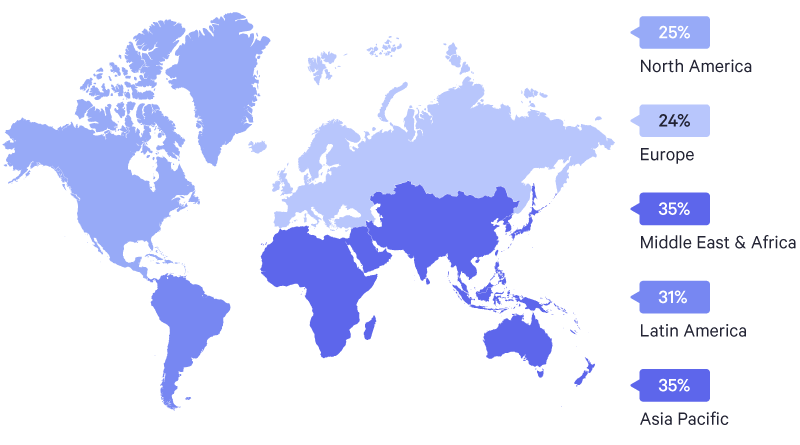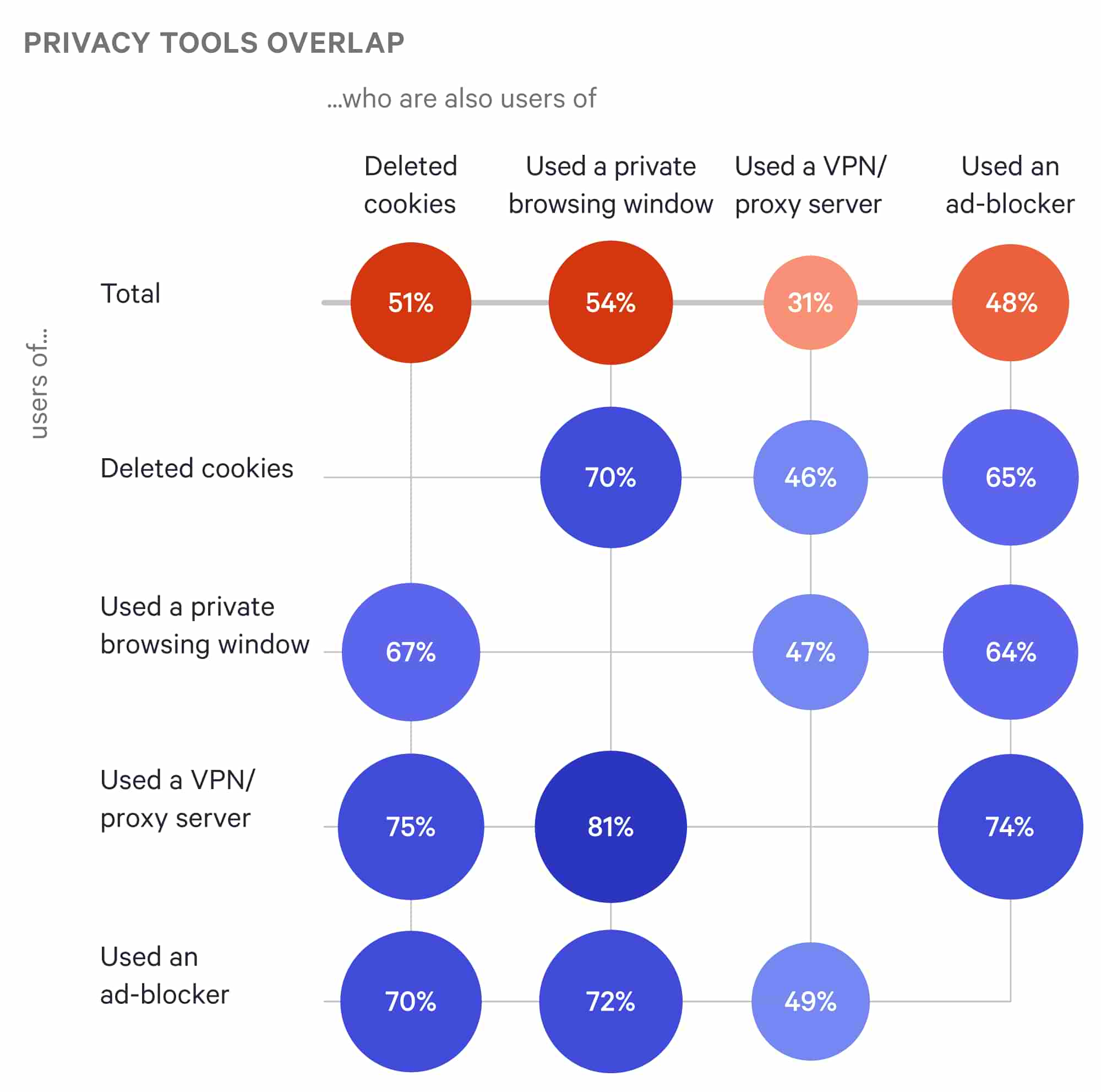How and Why We Use VPNs
Over the last decade, Virtual Private Networks (VPNs) evolved from a niche tool for privacy obsessives to become an increasingly essential consumer product, used by all types of people around the world.
In 2020 the popularity of consumer VPNs continues to grow, and this once-obscure piece of software is now on the verge of becoming a mainstream internet security tool.
However, the motivations for using VPNs are highly diverse. While internet shutdowns and censorship have been the catalyst for recent surges in VPN use in authoritarian countries, more democratic nations have seen a sharp increase in VPN adoption for a multitude of different reasons.
To explore these trends and create the most comprehensive study on the state of VPNs in 2020, we partnered with GlobalWebIndex to produce the first Global VPN Usage Report.
This one-of-a-kind study is rich with new findings and statistics about VPNs and the people who use them.
The Global VPN Usage Report 2020 puts today’s world of VPNs under the microscope, presenting data from 42 countries – with a special focus on the U.S. and UK, to really shine a light on what makes these two mature markets tick.
We looked at:
- VPN usage by region
- VPN usage by country
- VPN user demographics globally
- VPN usage patterns in the U.S. and UK
- Motivations for VPN use in the U.S. and UK
- Attitudes to online privacy globally
- The overlap with use of other privacy tools in the U.S. and UK
- VPN users’ perception of the threat to their data in the U.S. and UK
Download the Global VPN Usage Report 2020


